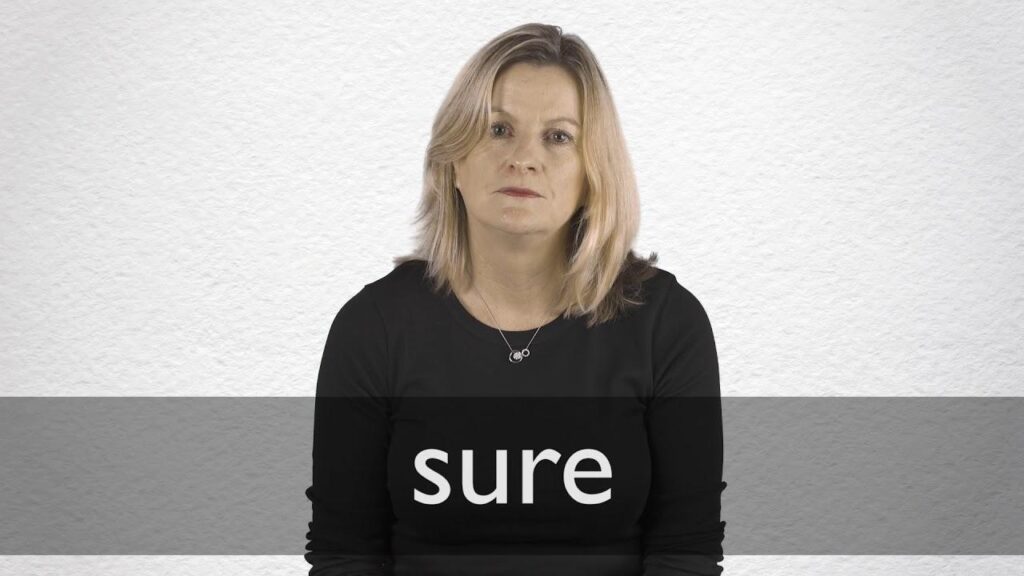Unveiling Guinea-Bissau’s Crocodile Diversity: Distribution, Ecological Roles, and Conservation Imperatives
Beneath the tranquil waters of Guinea-Bissau’s sprawling wetlands and winding rivers lies a fascinating world dominated by some of nature’s most ancient reptiles—the crocodilians. This West African nation harbors a remarkable variety of crocodile species, each uniquely adapted to its environment. From the formidable Nile crocodile to the lesser-known African slender-snouted crocodile, these reptiles embody millions of years of evolutionary success. Yet, their survival is increasingly threatened by accelerating habitat degradation, climate fluctuations, and expanding human activities. This article offers an in-depth exploration into the distribution patterns of crocodiles across Guinea-Bissau’s diverse ecosystems, examines ongoing conservation initiatives, and underscores the urgent need for collaborative efforts to protect these keystone species that are vital for ecosystem health.
Crocodilian Diversity and Their Ecological Importance in Guinea-Bissau
Guinea-Bissau boasts a mosaic of habitats—from mangrove-lined estuaries to freshwater floodplains—that support an impressive array of crocodilian species demonstrating exceptional ecological versatility. The Nile crocodile (Crocodylus niloticus) stands out as the dominant species inhabiting both saline coastal swamps and inland rivers. Meanwhile, smaller but ecologically significant species like the African dwarf crocodile (Osteolaemus tetraspis) occupy secluded forest pools and slow-moving streams where they play critical roles in controlling aquatic prey populations.
Recent field surveys reveal that these varied crocodylian populations contribute substantially to maintaining trophic dynamics within their habitats—regulating fish stocks and influencing nutrient cycling processes essential for wetland productivity. For instance, studies from 2023 indicate that Nile crocodiles help sustain balanced fish communities in key river systems such as the Geba River basin.
To counteract mounting threats—including habitat fragmentation exacerbated by climate change—conservationists have prioritized several strategies:
- Empowering Local Communities: Engaging indigenous groups through education programs fosters stewardship over local wildlife resources.
- Habitat Preservation: Designating protected zones safeguards critical nesting sites from encroachment.
- Scientific Monitoring: Continuous research tracks population trends and ecosystem health indicators.
These integrated approaches aim not only at preserving individual species but also at sustaining broader ecological networks vital for regional biodiversity resilience.
Addressing Habitat Loss: A Critical Challenge for Crocodiles’ Survival
One of the gravest challenges facing Guinea-Bissau’s crocodylian fauna is rapid habitat loss driven primarily by agricultural expansion, urbanization pressures around Bissau city limits, pollution runoff from farming activities, and unsustainable resource extraction practices. Wetlands once abundant with breeding grounds are shrinking; satellite data from 2022 shows a nearly 15% reduction in mangrove coverage over just five years—a trend mirrored across many West African coastal regions.
This environmental degradation fragments habitats into isolated patches forcing crocs into confined areas where competition intensifies over limited food sources—a scenario detrimental to genetic diversity and long-term viability. Moreover, altered hydrological regimes due to dam construction upstream disrupt natural flooding cycles crucial for nesting success.
Conservation responses emphasize:
- Create Protected Reserves: Establishing legally recognized sanctuaries ensures safe havens free from destructive human interference.
- Sustainable Land Use Practices: Promoting agroforestry techniques among farmers reduces pressure on adjacent wetlands.
- Ecosystem Monitoring Programs: Employing remote sensing combined with ground surveys provides real-time data guiding adaptive management decisions.
Protecting these environments benefits not only crocs but also myriad other endemic flora and fauna dependent on intact wetland ecosystems—highlighting how safeguarding one group can catalyze broader conservation successes.
Holistic Strategies Driving Long-Term Crocodile Conservation Across West Africa
Sustaining healthy crocodilian populations throughout West Africa—and particularly within Guinea-Bissau—requires multifaceted approaches blending science-based management with community participation:
Cultivating Community Partnerships:
Educational outreach emphasizing crocs’ role as apex predators helps dispel myths fueling fear or persecution while encouraging coexistence strategies among fishermen who often encounter them during daily activities.
Diversifying Livelihoods:
Introducing alternative income sources such as eco-tourism or sustainable aquaculture reduces dependency on exploiting fragile wetland resources.
Zoning Protected Habitats:
Designated reserves provide undisturbed breeding grounds essential for population recovery; collaboration between governmental agencies & NGOs secures funding & enforcement capacity.
Ecosystem-Based Research & Monitoring:
Regular assessments using GPS tracking collars combined with drone surveillance enable precise mapping of movement patterns informing targeted interventions before crises emerge.
| Conservation Initiative | Main Benefit Achieved |
|---|---|
| Cultural Awareness Campaigns | Enhanced local advocacy & reduced conflict incidents |
| Protected Area Expansion | Improved habitat integrity & biodiversity preservation |
| Population Health Monitoring td >< td >Informed policy-making based on empirical evidence td > tr > | |

